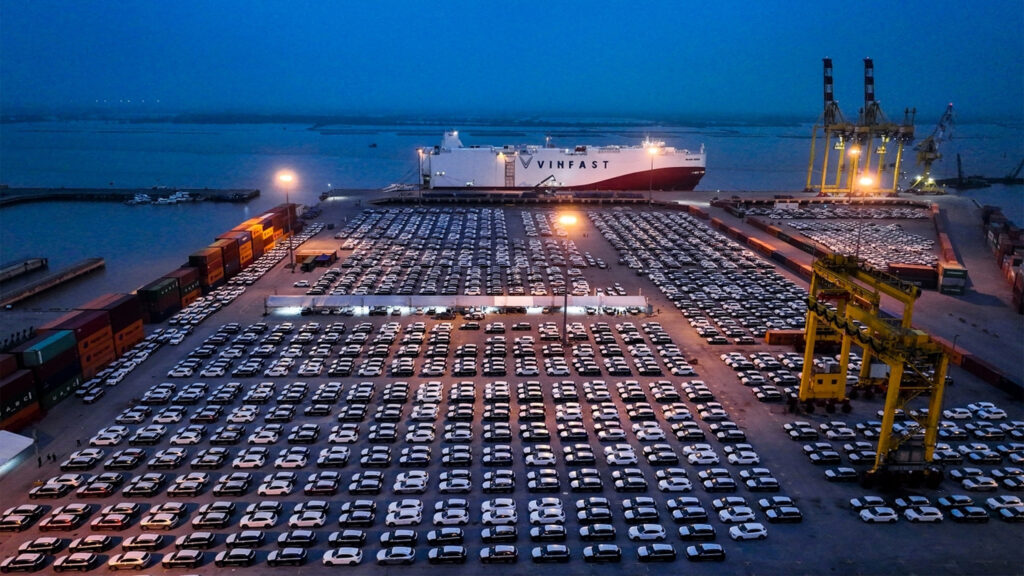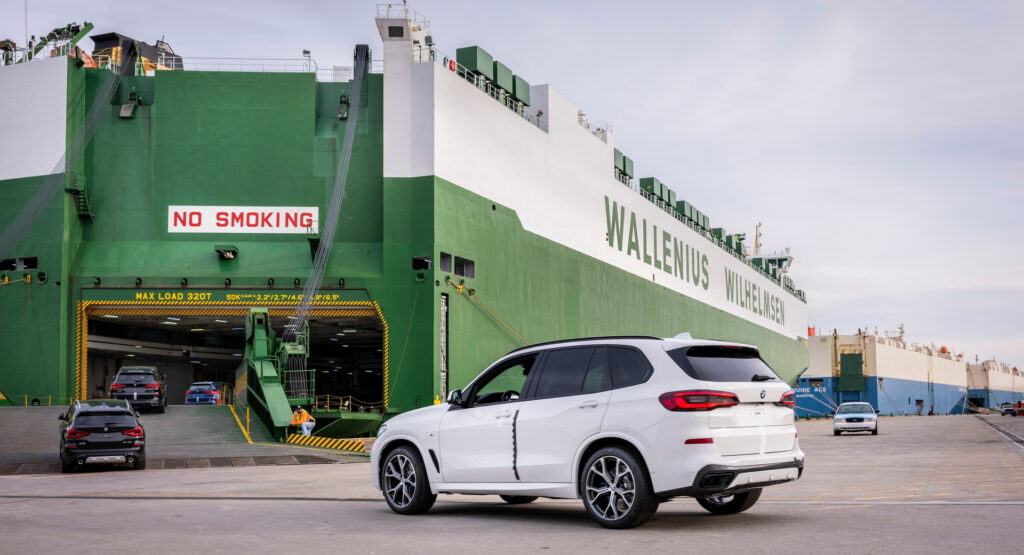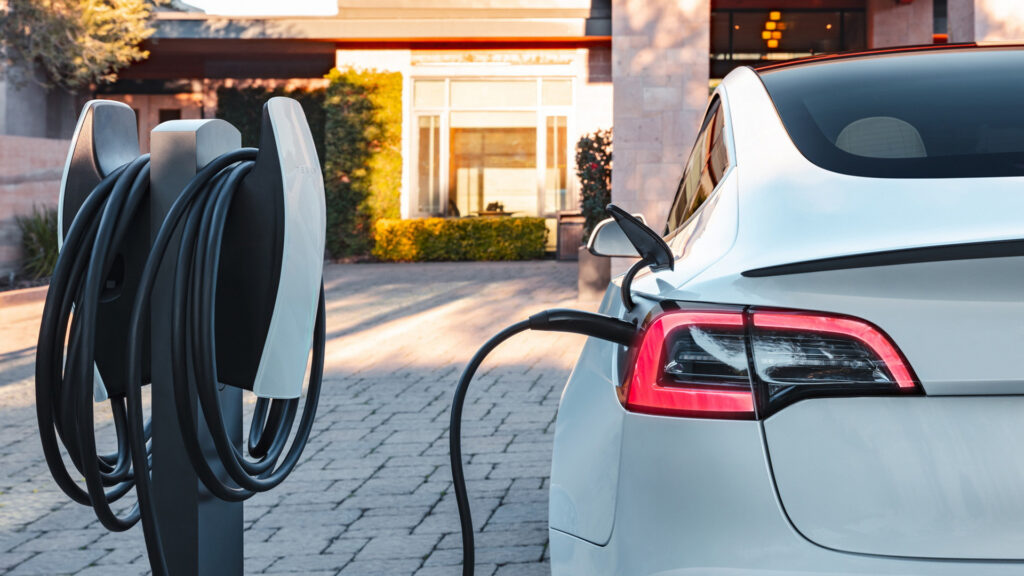Tariff Impact

The recent trade tensions have thrown a wrench into the gears of the automotive industry. With President Trump’s administration taking steps to impose new tariffs on imported vehicles and auto parts, automakers find themselves strategizing to avoid financial fallout. Notably, the pause on these tariffs is temporary, lasting just 90 days, which means automakers are treading carefully.
Waiting Game

The ripple effects of the tariff situation are evident at several US ports. Automakers have decided to stockpile vehicles in anticipation of potential tariff increases. This has led to crowded port facilities as companies push a ‘wait-and-see’ approach. Giants like Jaguar Land Rover and Audi have even hit the brakes on shipping new cars to the US until the air clears regarding long-term trade agreements and regulations.
Storage Strategies

To circumvent immediate tariff payments, some automakers are considering moving vehicles to US bonded warehouses. These storage facilities offer a grace period by allowing imported goods to be held without disturbing tariff costs until they’re ready for US roads. This maneuver provides a temporary but crucial buffer as brands navigate the uncertainties of trade policies.
Clarity Needed
There’s a lot of confusion and ambiguity surrounding these tariffs. A broad 25% tariff on all imported cars was recently imposed, which is quite a pill to swallow for manufacturers. What’s even more perplexing is the administration’s plan to tax car parts beginning May 3rd. A German car executive raised a legitimate point: What’s considered a car part? Is it an entire engine or merely each screw within it? This vagueness might soon affect car maintenance and repairs, causing auto repair shops to face a shortage of parts. It’s certainly something that needs clarification sooner rather than later.
Driving Experience
Now, if one were to get behind the wheel of one of these newly imported vehicles currently sitting idly, the driving experience remains stellar despite the geopolitical tensions. Brands like Audi and Jaguar Land Rover consistently deliver on luxury and performance, offering a smooth and connected drive that rivals domestic brands like Cadillac or Lincoln. That said, the tariffs could make these experiences pricier, pushing consumers to weigh the cost against the pleasure of an imported ride.
The automotive landscape is quite the puzzle right now. With ports more packed than a basket of hot wings at a Super Bowl party, automotive companies are hoping to ride out the tide until clearer waters prevail. It’s a situation that’s almost as thrilling—and unpredictable—as the cars themselves.
Mazda CX-6e Unveiled
Mustang's Unyielding Spirit
Vinile's Luxe Restomod
BYD's New EVs Debut
Luxury on Wheels